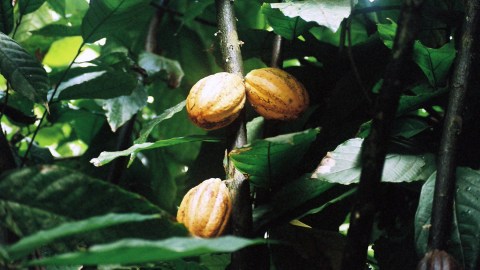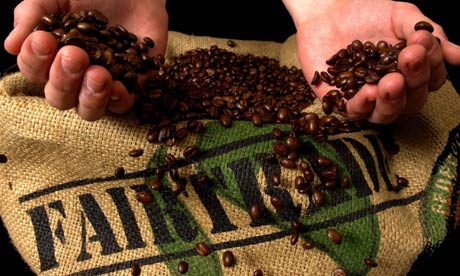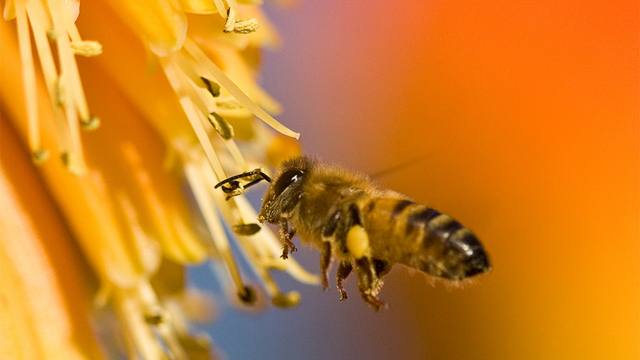Life Is Like A Box Of Fair-Trade Shade-Grown Organic Chocolates

Nothing says ‘I love you’ like a dozen chocolates made from the milk of hormone-and-antibiotic-injected cows and pesticide-sprayed cocoa beans grown on rainforest land which was shorn bare for maximum wonka bar profit on open plantations. Wait, hang on, that can’t be right.
Start over. Happy Valentine’s Day. Shopping with an eco-conscious heart is often frustrating and discouraging, so enjoy this next sentence because it’s not one whose sentiment you’ll hear echoed too often: Chocolate is one of those items that is actually very, very easy to do right. From now on, consider choosing chocolates that have a positive social impact (look for fair trade certified products) and a neutral-ish (or at least not negative) impact environmentally (look for products labeled ‘shade-grown,’ and USDA Organic).
Here’s why shade-growing matters: when farmers clear rainforest or other land for cacao crops, they remove the habitat that supports natural predators of cacao-hungry pests, thereby creating an artificial need for lots of pesticides. The National Wildlife Federation has this to say:
“When trees are cleared, natural predators that keep insects in check are no longer present, so farmers turn to powerful pesticides that harm people and wildlife. These pesticides also decrease the number of tiny flies called midges, which are essential for pollination. Without these specialized insects, the world’s supply of chocolate would be in jeopardy. And as rainforests are cleared, pollinators like the midge are in jeopardy.”
Plus, deforestation is a leading cause of global warming, and does huge damage to bird populations.
Beyond shade-growing is a varsity green method of chocolate harvesting called intercropping. Intercropping is just what it sounds like: letting cacao trees share real estate with other crops like avocado or pepper. The practice mimics nature’s way of growing things, and enriches soil, making chocolate production more sustainable in the long-term. Intercropping isn’t something you can look for on a chocolate label, but it’s an agricultural technique to be aware of if you decide to do a bit of extra research on particular brands.
For more specific suggestions, check out Grist’s Tom Philpott’s fair trade chocolate round up. Non-profit Rainforest Relief also has one or two opinions about which brands are worth supporting, and which aren’t.





